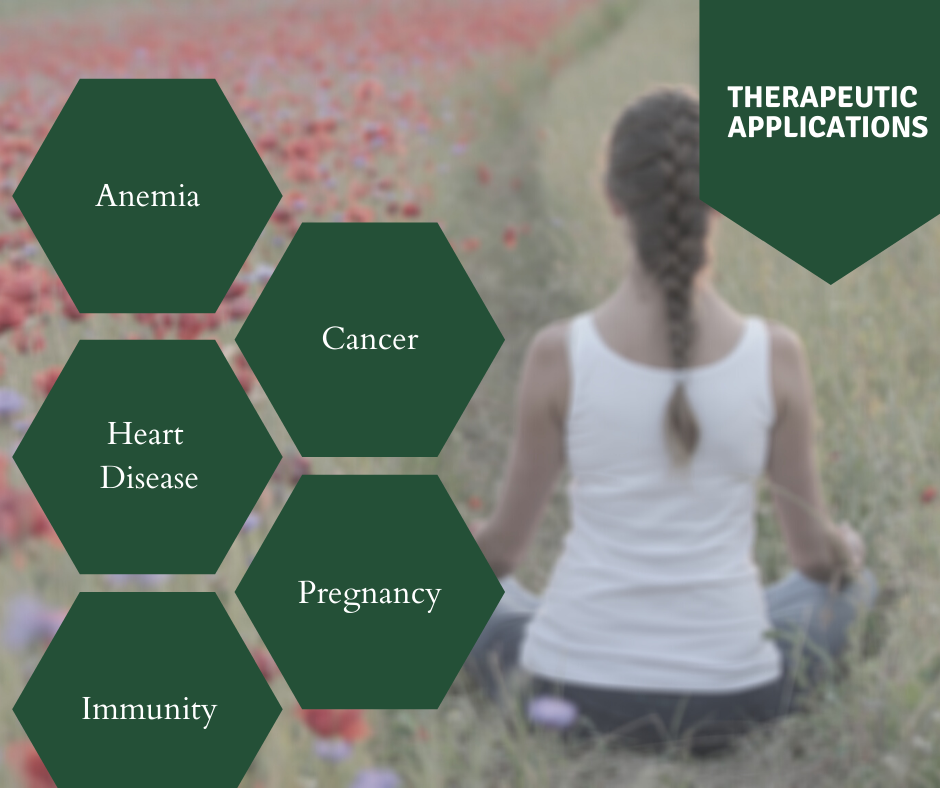Hold Your Breath To Improve Your Health !!
Kumbhaka is not only a part of pranayama or breathing practices. It is the single most important technique according to the traditional yoga scriptures. Though kumbhaka was given such a high level of importance in our traditional texts, it has become a forgotten practice in today's yoga sessions.
Yes! You read that right. Holding your breath or breath retention is actually a yogic technique called Kumbhaka.
Kumbhaka is not only a part of pranayama or breathing practices. It is the single most important technique according to the traditional yoga scriptures.
Though kumbhaka was given such a high level of importance in our traditional texts, it has become a forgotten practice in today's yoga sessions.
The Hatha Yoga Pradipika says:
न तस्य दुर्लभं किंचित् त्रिषु लोकेषु विद्यते।
शक्तः केवलकुम्भेन यथेष्टं वायुधारणात् ॥
Nothing that is known in the three worlds is difficult to achieve for him,
who masters the Kevala-Kumbhaka, the holding of breath as described here.
So, What exactly is Kumbhaka?
Pranayama is a yogic breath regulation technique. It contains three main components:
- Puraka : inhalation
- Rechaka : exhalation
- Kumbhaka : Breath retention
Basically kumbhaka means “to hold your breath”, or more technically breath retention.
This can be of two types:
- Antar kumbhaka : to retain the breath after inhalation.
- Bahir kumbhaka : to retain the breath after exhalation.
There is another type of kumbhaka called as the “kevala kumbhaka”, or spontaneous breath retention.
With continuous pranayama practice, the breath naturally becomes shallower and shallower. After reaching higher states of meditation, at one stage the breath just stops. This natural, spontaneous stop of breathing is kevala kumbhaka.
But don't worry! You do not have to meditate and practice pranayama for years to be able to experience this. Even beginners to yoga can experience kevala kumbhaka.
Observe your breath immediately after the practice of kapalabhati.
To state this simply:
After a fast breathing technique like kapalabhati, the normal breathing cycle automatically stops for a few seconds. This is called kevala kumbhaka.
In fact, extending the duration of this kevala kumbhaka is the ultimate goal of Pranayama.
All other breathing techniques help us train and regulate our breath in order to be able to achieve that state of cessation of breath.
How to Practice it?
Kumbhaka is often added as an ingredient among other pranayam practices.
For example, while practicing nadi shuddhi or anuloma-viloma pranayama, hold your breath for a few seconds after each inhalation and each exhalation.
However, I must add a word of caution here. Kumbhaka must be practiced under the guidance and supervision of a trained yoga instructor.
As the Hatha Yoga Pradipika says:
प्राणायामेन युक्तेन, सर्वरोगक्षयो भवेत् |
अयुक्ताभ्यासयोगेन, सर्वरोगस्य संभवः ||
By proper practice of pranayama, all diseases ca be cured. By improper breathing, all the diseases arise.
What happens when you hold your breath?
The 2019 Nobel Prize in Physiology or Medicine was jointly awarded to William G. Kaelin Jr., Sir Peter J. Ratcliffe and Gregg L. Semenza for finding out the answer to this question.
They studied and discovered how cells sense and adapt to oxygen availability.
The trillions of cells in our body need oxygen to survive. Brain cells can only survive for upto 3 minutes without oxygen. Continuous oxygen deficiency can lead to irreversible brain damage. Oxygen deficiency leads to death of heart cells causing heart attack. On the whole a lack of oxygen can be fatal to the body.
But intentionally withdrawing oxygen from your body, can be beneficial. This is because, the cells in our body have a mechanism by which they detect oxygen levels in the blood. Depending on whether there is too much or too less oxygen, cells respond by
As they say, what doesn't kill you makes you stronger.
- When there is a lack of oxygen, the body starts increasing production of the hormone erythropoietin. This hormone is responsible for making red blood cells, the oxygen carrying cells in our blood. Therefore, kumbhaka may therapeutically be used to treat anemia.
- Low oxygen levels trigger the release of a protein called hypoxia inducible factor (hif 1 alpha). This protein is important for regulating the erythropoetin release. It is found to function defectively in certain types of cancer. This tells us that, kumbhaka may even help regulate oxygen levels in cancer cells.
- When the heart muscles sense low oxygen levels, they rapidly start adapting to the new environment. New blood vessels start forming in order to increase the blood supply and consequently oxygen supply. This may prove to be beneficial in people with heart diseases.
- Our immune system and many other physiological functions are also fine-tuned by the levels of oxygen in the blood. Therefore, kumbhaka may help strenghthen the immune system.
- Oxygen sensing has even been shown to be essential during fetal development. This ensures controlled normal blood vessel formation in the baby and normal placenta development. This shows that kumbhaka could be a beneficial practice during pregnancy.

Conclusion
So remember, it is important to breathe. But it may also be important to stop breathing sometimes.
Make sure you do both of them in the right way.
Keep walking on the path of health.
